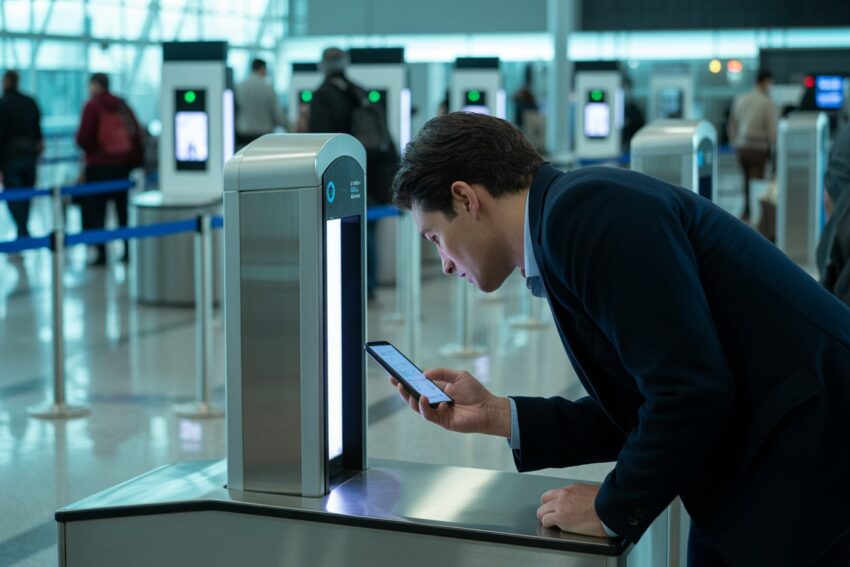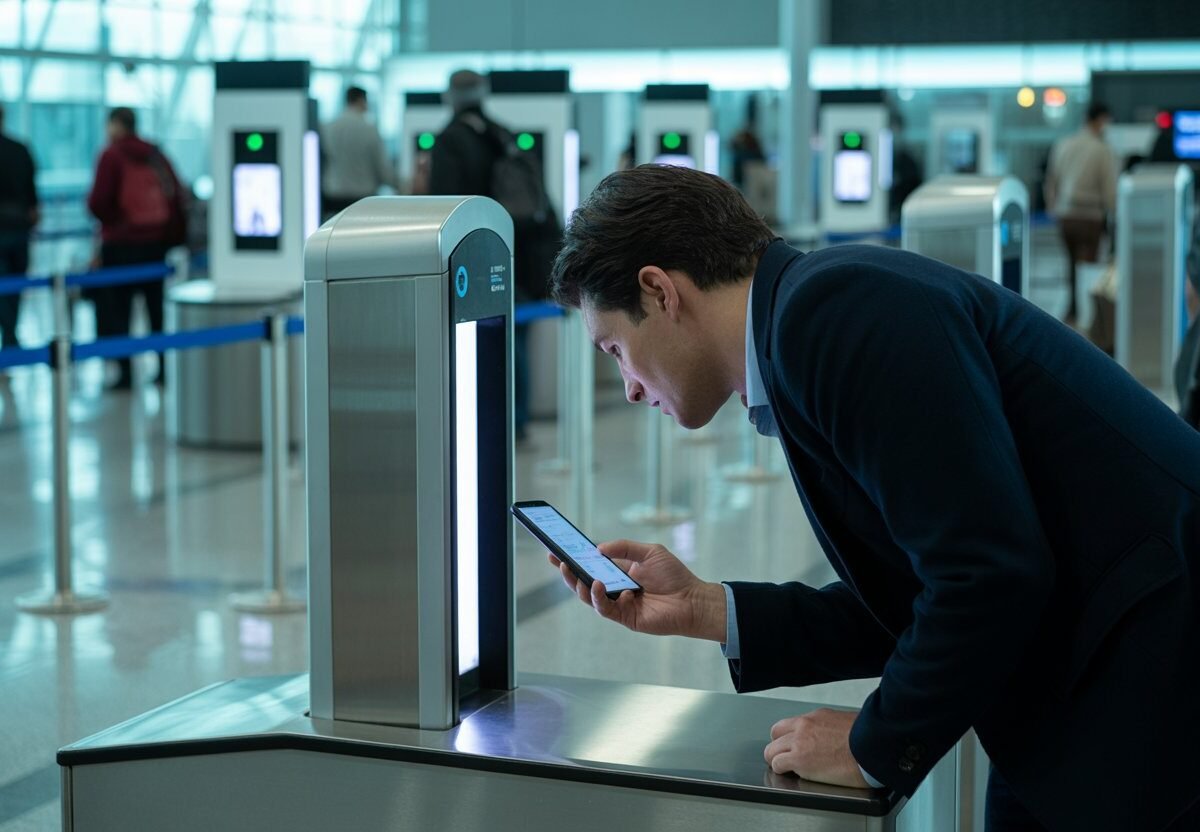Published on November 6, 2025

In 2025, travel is being redefined by technology—specifically, the integration of smartphones, digital IDs, and biometric systems into the travel experience. Whether you’re flying, checking into a hotel, or navigating airports, technology is streamlining every step of your journey, making it faster, more seamless, and increasingly paperless.
How Tech is Transforming Your Travel Experience
Gone are the days when travel meant stacks of paperwork, lengthy check-ins, and long queues. The rise of smart airports and digital identity solutions is reshaping the entire travel process. Now, with a few taps on your smartphone, you can check in for your flight, navigate the airport, and even board your plane—all without the need for paper forms or boarding passes.
Digital ID: A Game Changer for Travelers
One of the most significant innovations in travel today is digital ID. In the past, travelers relied on physical passports, boarding passes, and other documents for identification at security and immigration checks. In 2025, digital identity solutions—including biometric scans, facial recognition, and fingerprint verification—are becoming the norm at many airports worldwide.
For travelers, this means faster security checks, streamlined boarding, and a quicker overall experience at the airport. Instead of rummaging through your bag for a passport or ticket, a simple facial scan or a swipe of your smartphone can grant you access to boarding gates, VIP lounges, and even your hotel room.
Airports such as Dubai International and Singapore Changi are already testing and implementing these biometric systems, which allow travelers to move through security, boarding, and immigration with minimal human interaction. It’s not just about convenience—it’s also about enhanced security, ensuring that your identity is accurately confirmed without unnecessary delays.
Smarter Airports for Seamless Travel
Airports are embracing smart technology more than ever. In 2025, smart airports will be filled with interactive kiosks, mobile apps, and automated systems designed to guide passengers smoothly through their journey. These airports will have fewer human‑operated counters and more self‑service kiosks where travelers can check in, print boarding passes, and drop off luggage. This allows shorter wait times, more privacy, and an overall hassle‑free experience.
Some airports will even have AI-powered chatbots available at every corner, ready to assist you with everything from flight updates to local transportation options. Imagine arriving at an airport where your smartphone app can not only guide you to your gate but also help you find the best restaurant, the quickest way to immigration, and even suggest things to do while waiting for your flight.
How Smartphones Have Become Central to Travel
Smartphones have long been indispensable for travelers, but in 2025, they’ve evolved into the central hub of your entire travel experience. Thanks to a rise in travel apps, digital wallets, and mobile check-ins, your phone now does much more than let you make calls or take pictures.
With mobile check‑in, e‑boarding passes, and digital wallets (such as Apple Pay or Google Pay), your phone can replace most of the documents you’d otherwise carry. From the moment you start your journey, your smartphone helps you track your flight, access airport lounges, order transportation, and even check in for your hotel—all without fumbling for your wallet or paperwork.
If you’re traveling internationally, a single app can now house your digital passport, visa information, and boarding pass, making border crossings and security checks quicker and smoother than ever. And with the rise of mobile passport control options at many airports, you can even skip some lines and breeze through customs using just your phone.
A Human Travel Moment: Traveling with Tech
Picture this: You’re on your way to a business conference in a foreign city. You check in for your flight using your smartphone, and in less than five minutes, you’re at your gate, a biometric scan replacing the need for any paper. As you board, a seamless scan of your face confirms your identity and connects to your digital boarding pass. You find your seat in the cabin, and the flight crew welcomes you.
Once you land, your smartphone’s navigation app directs you to your hotel, where your digital key lets you access your room without even needing a physical card. It’s an effortless journey that feels natural, as tech takes care of the routine details.
That’s the power of technology in travel. It doesn’t replace the experience, but it makes the mundane parts—security checks, boarding, hotel check‑in—feel like little more than a smooth part of the process.
What’s Next for Travel Technology?
As we head into 2025 and beyond, the world of travel technology is only going to get smarter. Here’s what we can expect to see:
- Augmented reality (AR): Expect to see AR at more airports and in travel apps, helping passengers find gates, shopping, and dining with real‑time directions displayed on their devices.
- AI assistants: Artificial intelligence will become more involved in helping travelers plan, book, and navigate their trips, acting as personal concierges that manage everything from flights to itineraries.
- Biometric updates: As biometric tech improves, it’s likely we’ll see even more seamless boarding and customized experiences tailored to each traveler’s preferences.
- Sustainability tech: Expect more airports and airlines to embrace green technologies and offer sustainable travel options, from eco‑friendly flights to carbon offset tracking in apps.
A Final Word on Embracing Tech in Travel
With so many advances in technology, it’s clear that our travel experiences are becoming more connected, efficient, and personalized. While the human element of travel will never disappear—those moments of awe when you arrive at your destination or the warmth of meeting new people—technology will continue to simplify the things that once slowed us down.
From automated kiosks to biometric boarding and smartphone apps that handle everything, the future of travel is looking brighter, faster, and easier than ever before. As you plan your next trip, take advantage of these tech innovations—they’ll not only make your journey more comfortable but also give you the chance to spend more time enjoying the places you visit.





